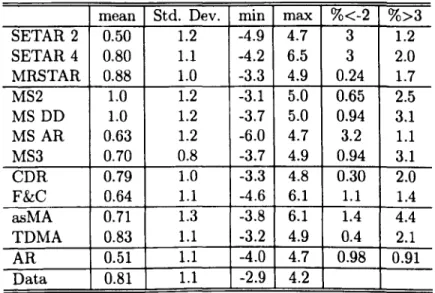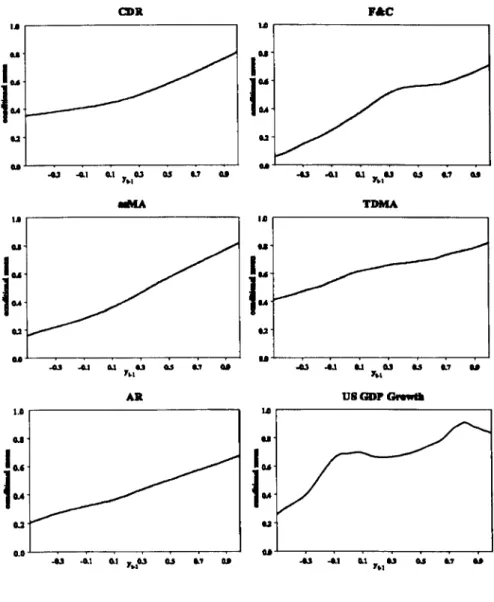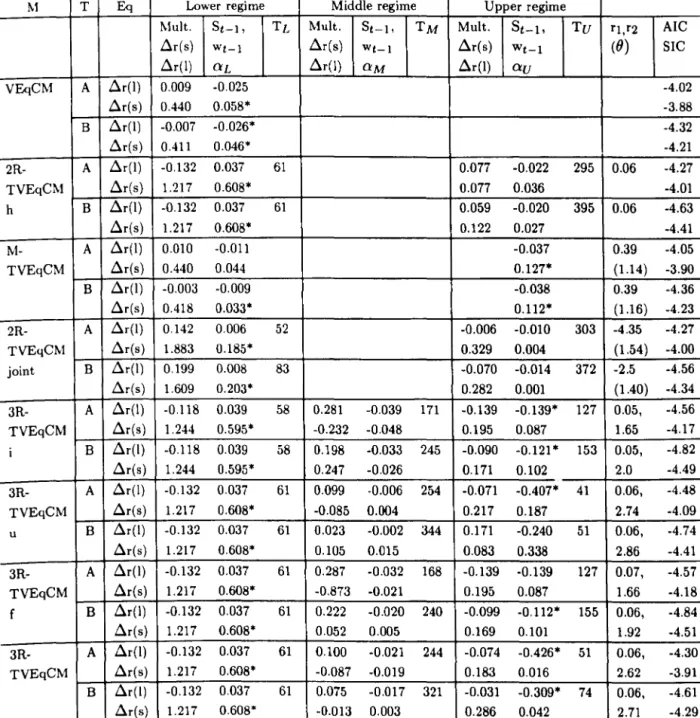Non linearities in macroeconomics : evaluation of non linear time series models
Full text
Figure

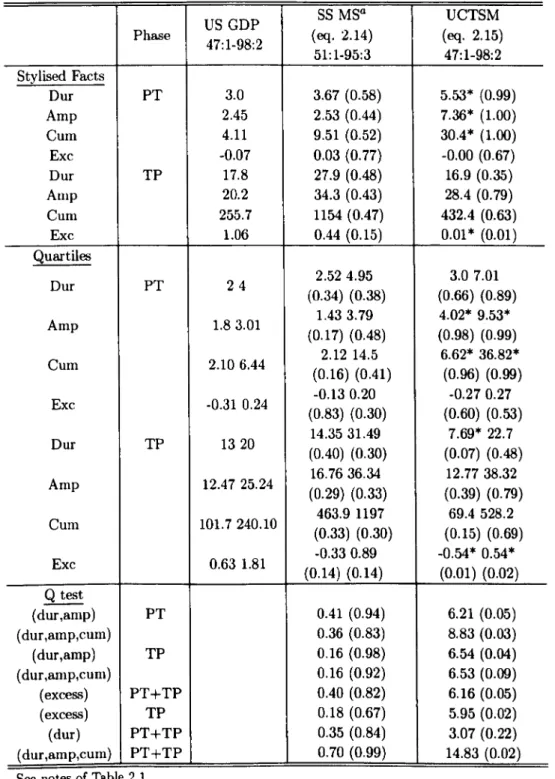
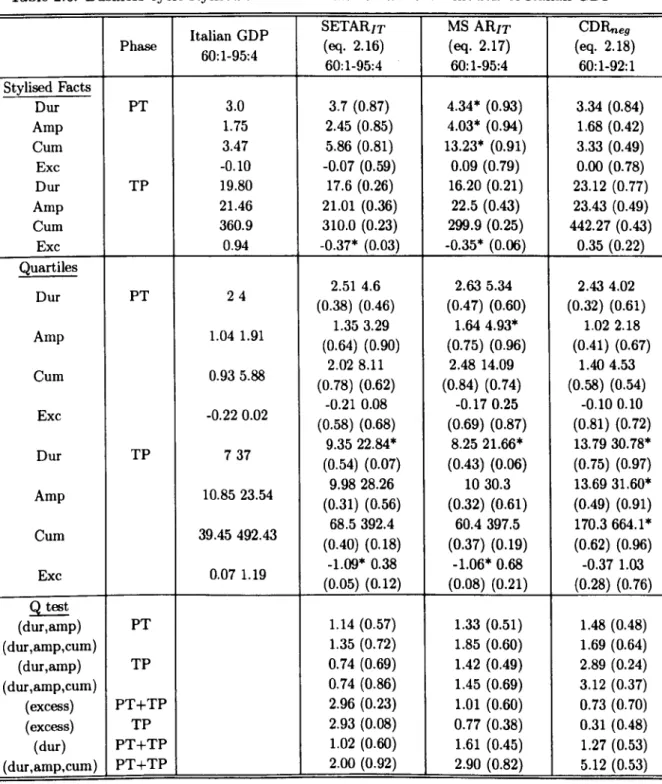

Related documents
Birmingham: Southern Birmingham Community Health NHS Trust/Westhill College of Higher Education... Buckingham: Open University
In a surprise move, the Central Bank of Peru (BCRP) reduced its benchmark interest rate by 25 basis points (bps) to 3.25% in mid-January following disappointing economic growth data
In the opinion of the General Council, this would equally apply to acceptance of nomination for the office of Vice President of RIBI with the automatic succession to the
Based on the above survey results from selected participants from small sites, a total of 73.8% out of a total of 528 participants either disagreed or strongly disagreed with
Although total labor earnings increase with the unskilled unions’ bargaining power, we can say nothing when the increase in production is due to stronger skilled unions, since
Either it was rural or urban, all respondent have agreed that drivers behavior is the major causes of road traffic accident in Malaysia. They also suggested that, drivers
The survey results from Hefei show that the model share of public transit in the poorest group is the lowest among all income groups, which is primarily due to the cost of riding
1) Analysis of single marker segregation (‘‘FINDGENO’’) where the most likely dosage for each marker, conditional on the observed parent and offspring phenotypes, was
